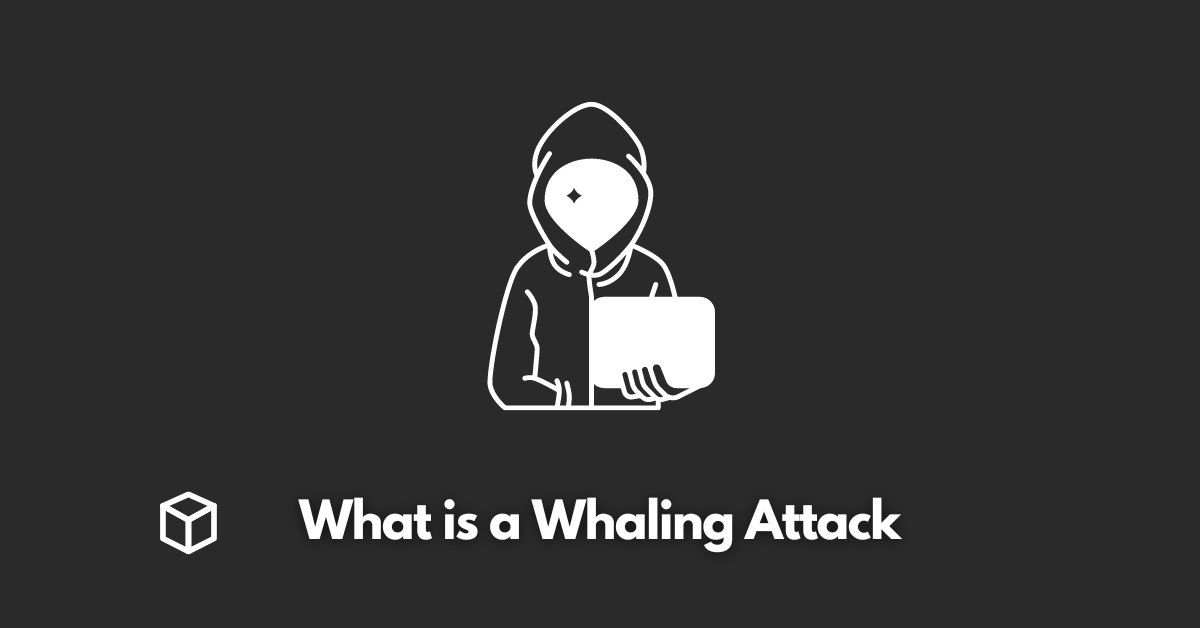Cybersecurity is a critical concern for organizations of all sizes, and one of the most dangerous types of cyber attacks is a whaling attack.
In this article, we will define what a whaling attack is, explain how it differs from a typical phishing attack, and provide information on how these attacks work, their consequences, and how to prevent and protect against them.
What is a Whaling Attack
A whaling attack is a type of phishing attack that targets specific high-level individuals within an organization.
These individuals are often CEOs, CFOs, and other executives who have access to sensitive information and financial resources.
The goal of the attacker is to trick these individuals into providing sensitive information or transferring money to the attacker.
How Whaling Attacks Differ from Typical Phishing Attacks
While both whaling attacks and typical phishing attacks involve tricking individuals into providing sensitive information or money, there are some key differences between the two.
Whaling attacks are highly targeted and are typically directed at specific individuals, while typical phishing attacks are sent to a large number of people in the hopes that someone will take the bait.
Further, whaling attacks are often more sophisticated and convincing than typical phishing attacks.
How Whaling Attacks Works
Whaling attacks typically involve the following steps:
- The attacker targets specific high-level individuals within an organization.
- The attacker gathers information on the target, such as their name, job title, and contact information.
- The attacker creates a fake email or website that appears to be from a legitimate source, such as a bank or government agency.
- The attacker uses the information they have gathered on the target to make the email or website more convincing.
- The attacker sends the email or website to the target and waits for them to take the bait.
Consequences of a Whaling Attack
Whaling attacks can have serious consequences for organizations, including:
- Loss of sensitive information, such as financial data or confidential business plans
- Loss of money, as the attacker may request wire transfers or other financial transactions
- Loss of reputation, as the attack can damage the organization’s reputation and trust from its customers or partners
Prevention and Protection
To protect against whaling attacks, organizations should take the following steps:
- Employee education and awareness training on how to identify and avoid phishing scams
- Implementing two-factor authentication and encryption to protect sensitive information
- Regularly updating software and security systems
- Establishing incident response plan in the event of a successful attack
- Monitoring and reviewing the organization’s financial transactions for suspicious activity
Conclusion
Whaling attacks are a serious threat to organizations, as they target high-level individuals who have access to sensitive information and financial resources.
By understanding how these attacks work and taking the necessary steps to prevent and protect against them, organizations can minimize the risk of falling victim to one of these scams.
It’s important to remain vigilant and stay up to date with the latest information on whaling attacks and other types of cyber threats to keep your organization safe.




